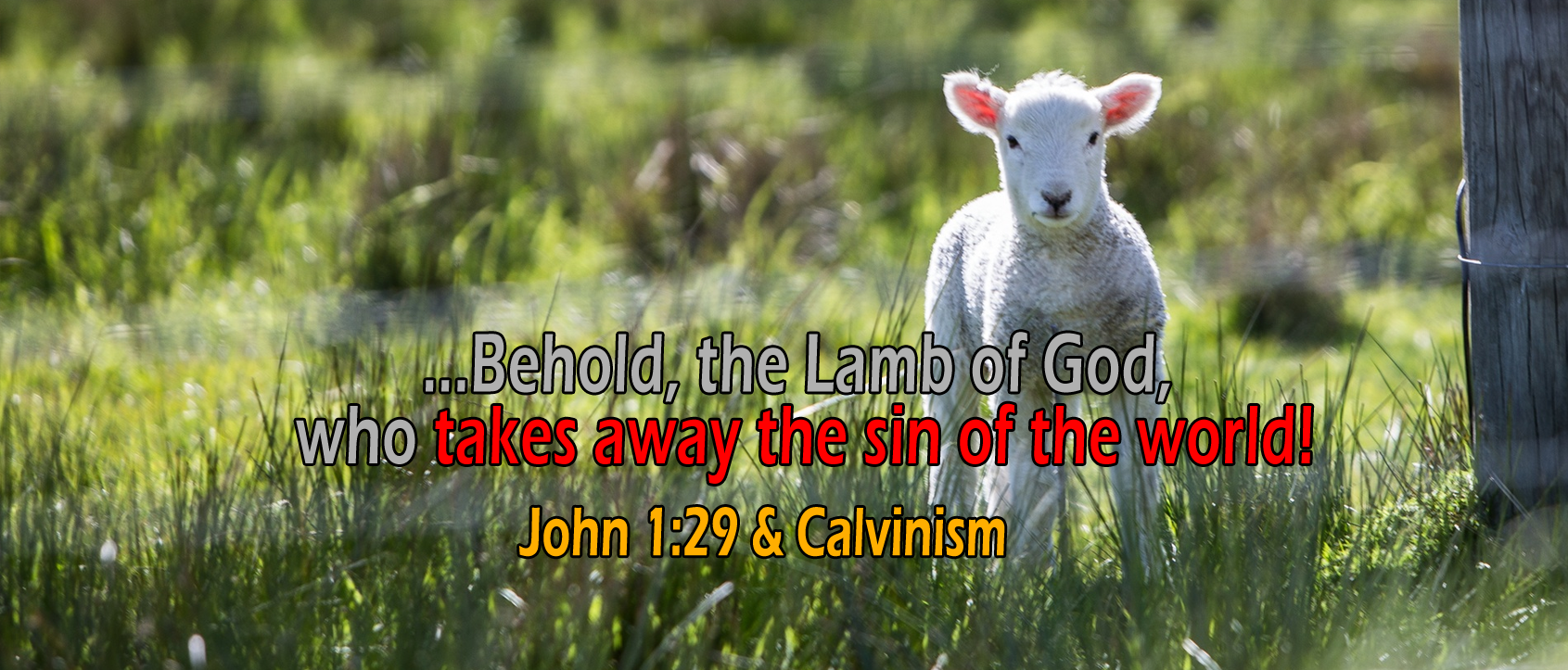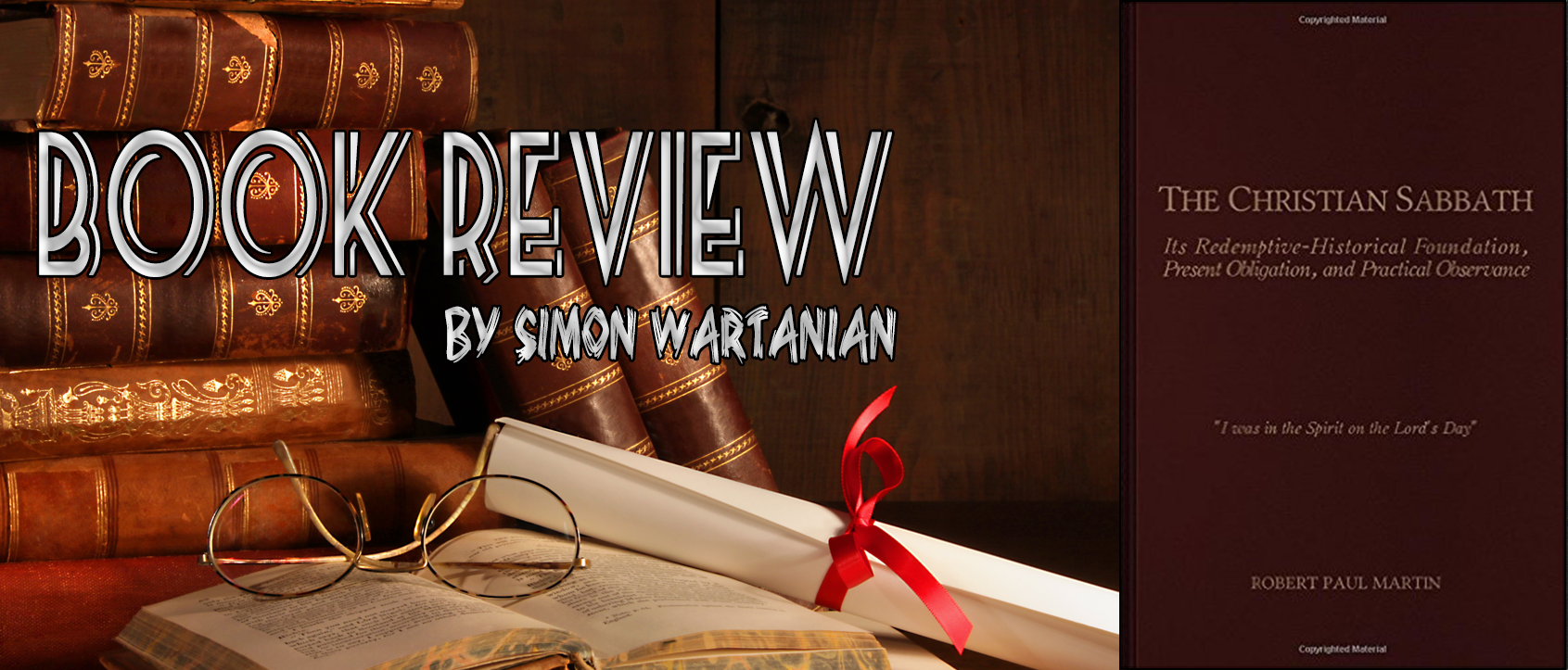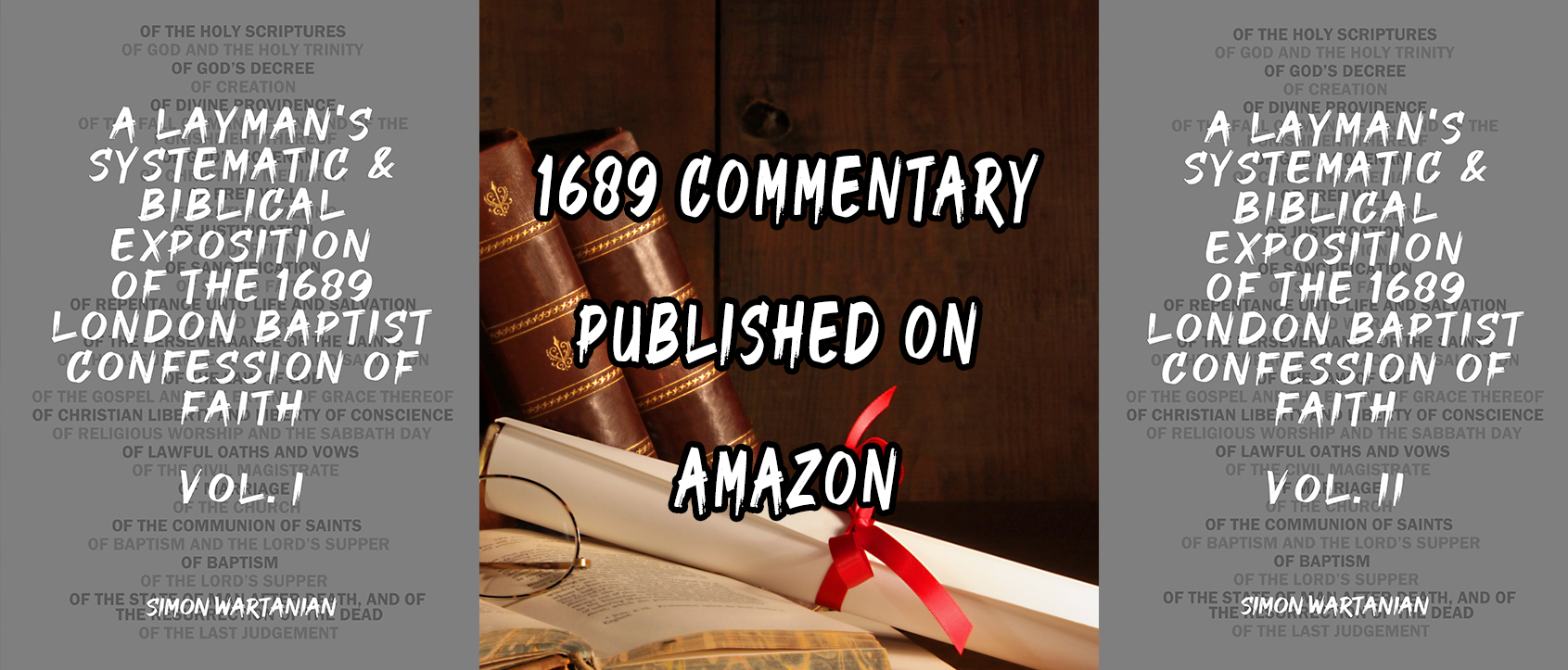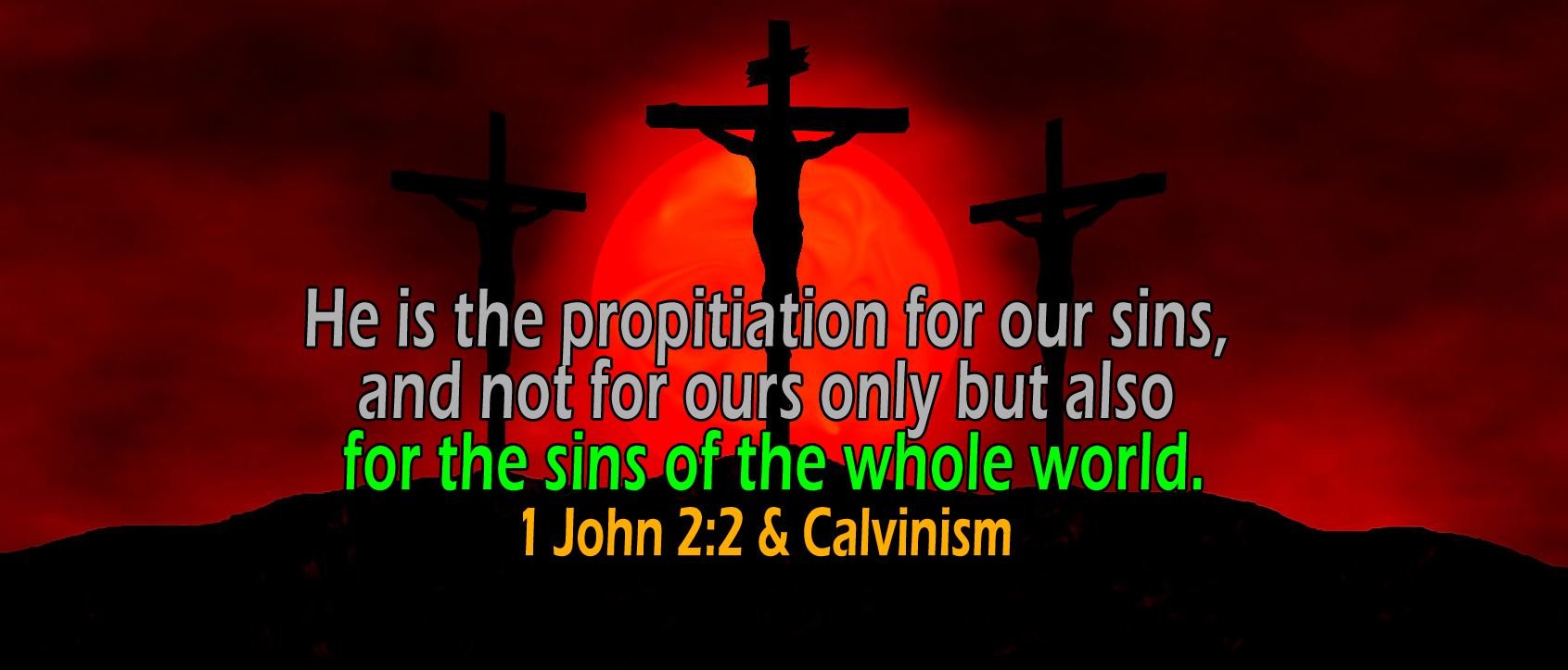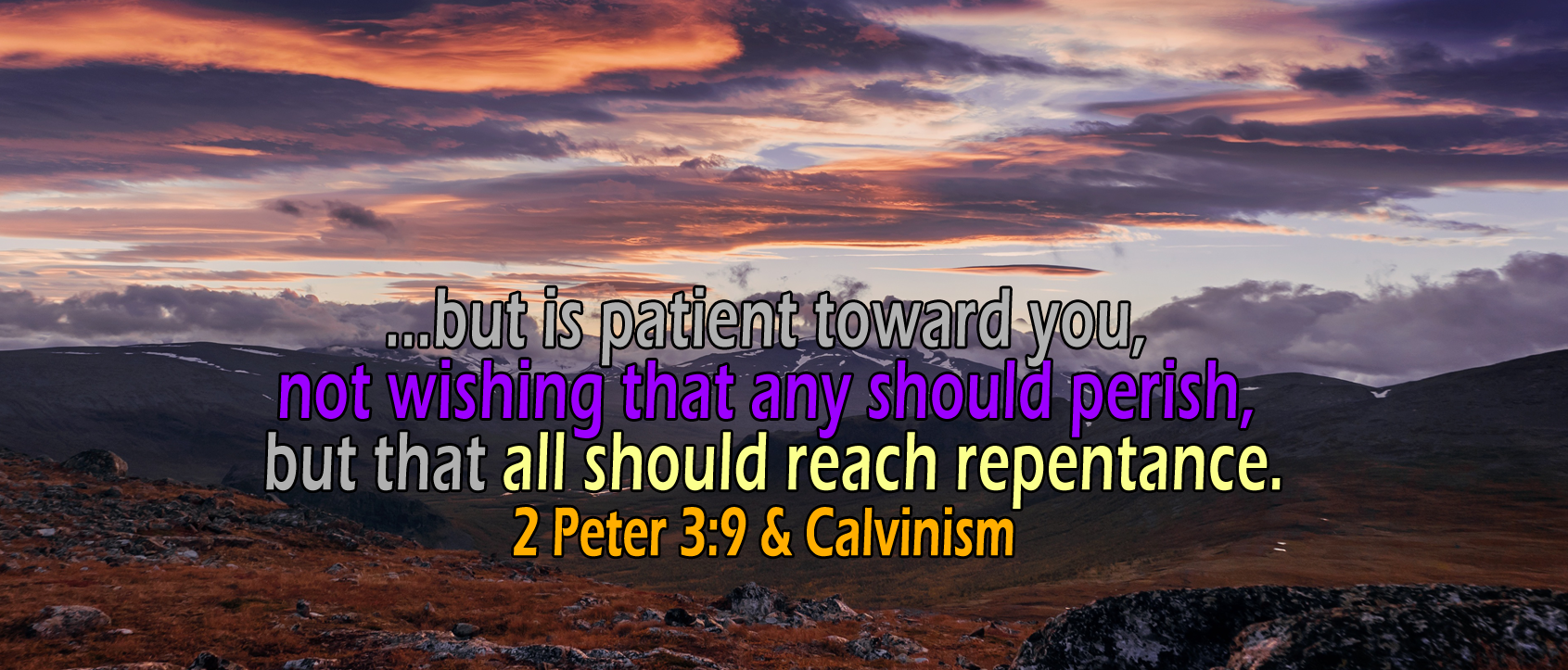...amines the wilderness motif throughout the Scriptures for the people of God. He shows the wilderness in relation to Israel. How from then the Scriptures form a basis that the wilderness is the time for God’s people to be tested and nourished by God. The wilderness imagery or motif dominates Scripture and describe the journey of the people of God. Just like Israel of old had to wander in the wilderness 40 years before entering the land of Canaan, so likewise, the Israel of God must wander the wilderness of this world before entering their everlasting Sabbath—Heaven.
The wilderness motif is not only found in the Old Testament, but it is also found in the life of John the Baptist as well as the Lord Jesus Christ.
In the wilderness the people of God are disciplined by God as sons, as He disciplined His Old Covenant people. In the wilderness the people of God are nourished by God (Rev 12:6). It is a place where the God of the Covenant is present with His people, as He was by day and night with Israel of old. Dr. Robertson also mention that the wilderness is pictured both as a place of danger as well as great miraculous deliverance of God. He writes:
The wilderness is depicted both as a region of great danger and at the same time as a place of wondrous deliverance. In the narrative of the crossing of the Red Sea (Ex. 13:17-14:31), the whole pattern of Israel's ensuing experience in the wilderness may be seen.4 Threat of disaster is answered by miraculous deliverance. (p. 88)
This theme is also found for the New Covenant people of God most exhaustively in the New Testament in Hebrews 3-4. Where the people of God have the greater Exodus of the Lord Christ behind them, yet they are still striving to enter the eternal Sabbath of God (Heb 4:11).
Dr. Robertson traces the wilderness motif throughout the Old Testament and New Testament.
The Coming of the Kingdom
Although God is King over all things and His kingdom rules over all (e.g. Ps 103:19), yet “a more specific manifestation of his authority is displayed in the kingdom of his Messiah” (p. 113). The Kingdom came with the coming of its King.
This was likewise a very helpful chapter wherein his Amillennialism and Two-Staged Kingdom theology showed, which is good! See here for more on Amillennialism and the Two-Staged Kingdom of God.
In this chapter Dr. Robertson shows the important and crucial place of Israel in the plan of God as related to the coming of the Kingdom and how Scripture connects the coming of the Kingdom with Israel. But as argued earlier and continually throughout the book, the Israel of God is not defined by ethnicity, but by faith in the Messiah.
There is a very helpful discussion on the Kingdom of God in Acts as it relates to the disciples’ question in Acts 1:6. He shows how the New Testament vision of the Kingdom is that it is spiritual in the present age and non-consummate, but it will have its consummation at the Second Coming of its King. The Kingdom comes in two stages and no more. What some (e.g. Dean Davis) have called the Kingdom of the Son and the Kingdom of the Father. There was also a helpful discussion on Revelation and an Amillennial interpretation of chapter 20.
Romans 11
Chapter six deals with the question of Israel’s future. Dr. Robertson maintains that ethnic Israelites are and will always be part of God’s people and in God’s plan, but he denies that there will be distinctive future for ethnic Israel, as envision by ...
-transcribed-and-formatted.jpg)
